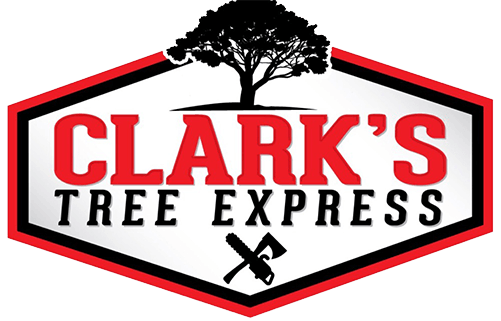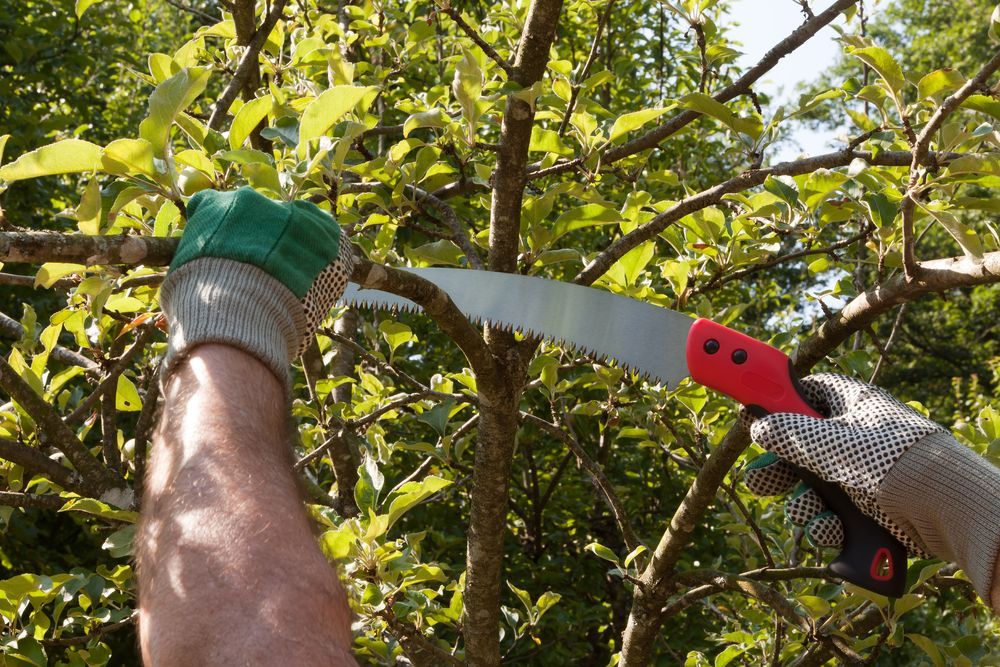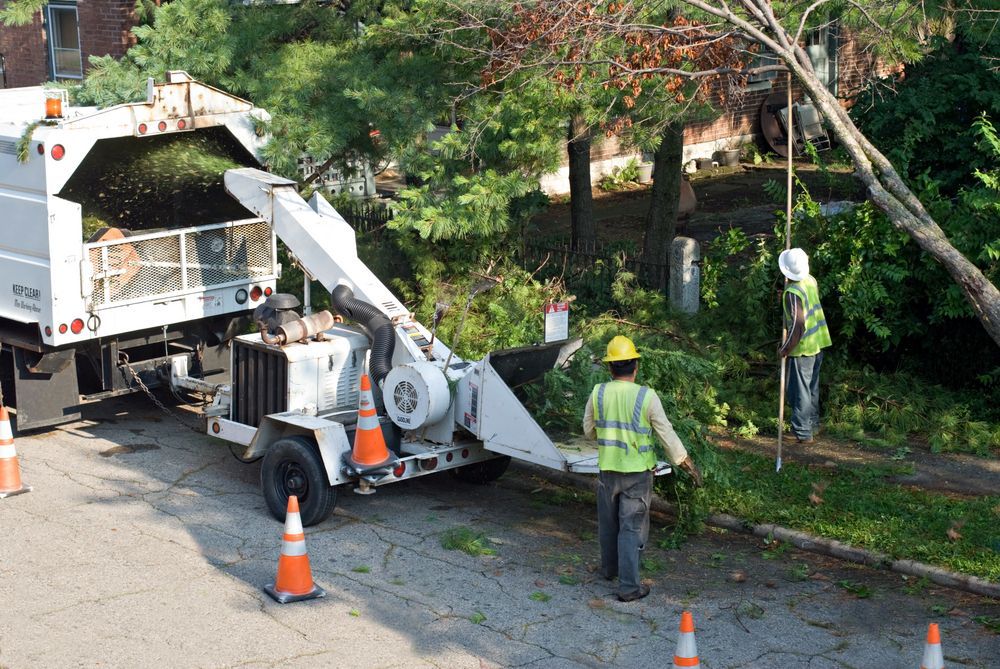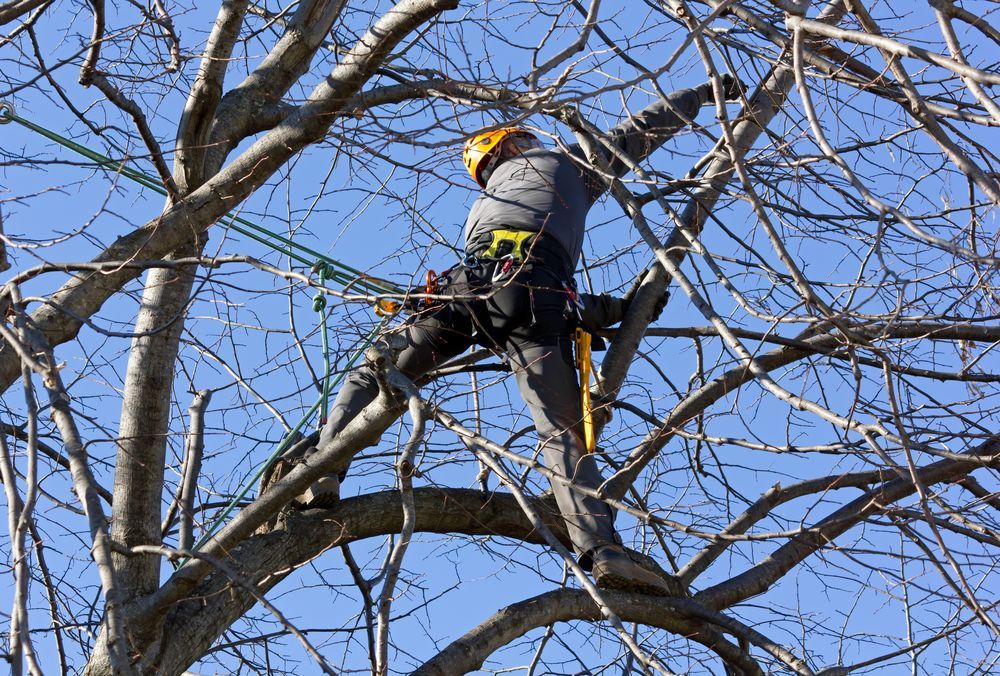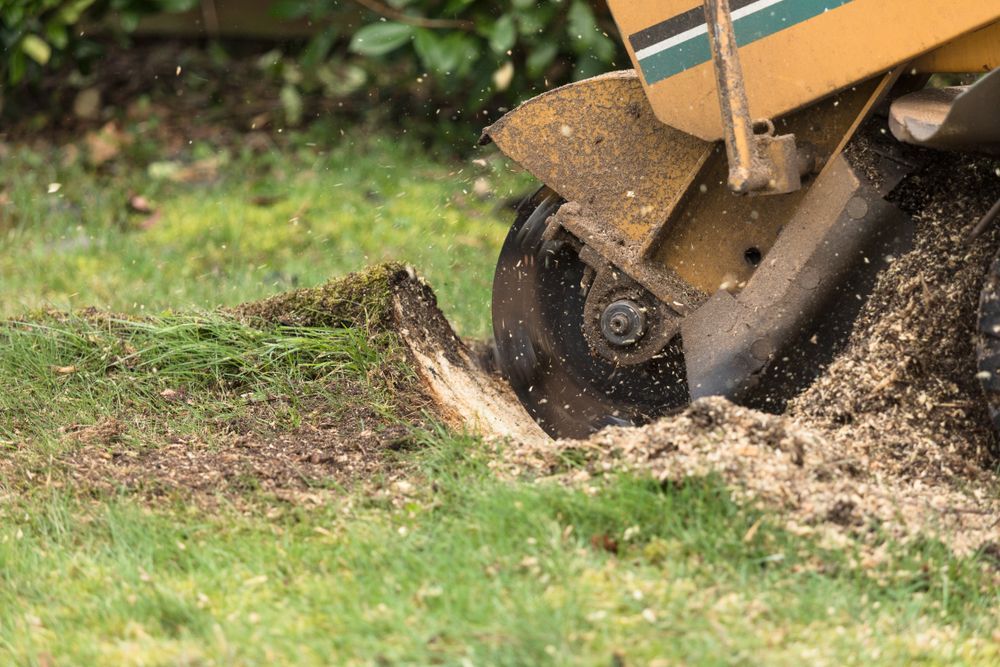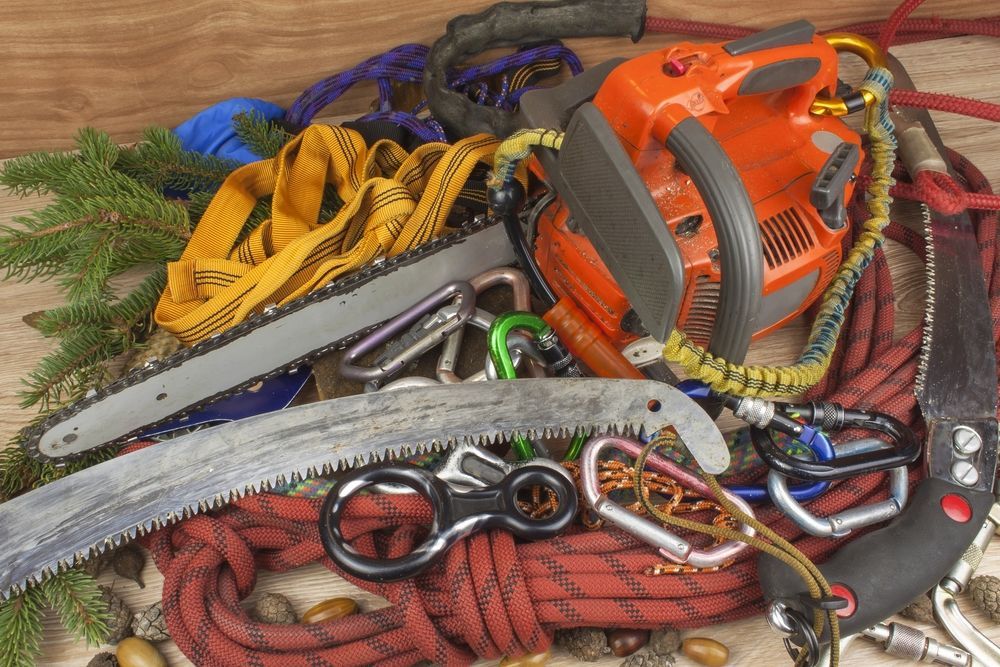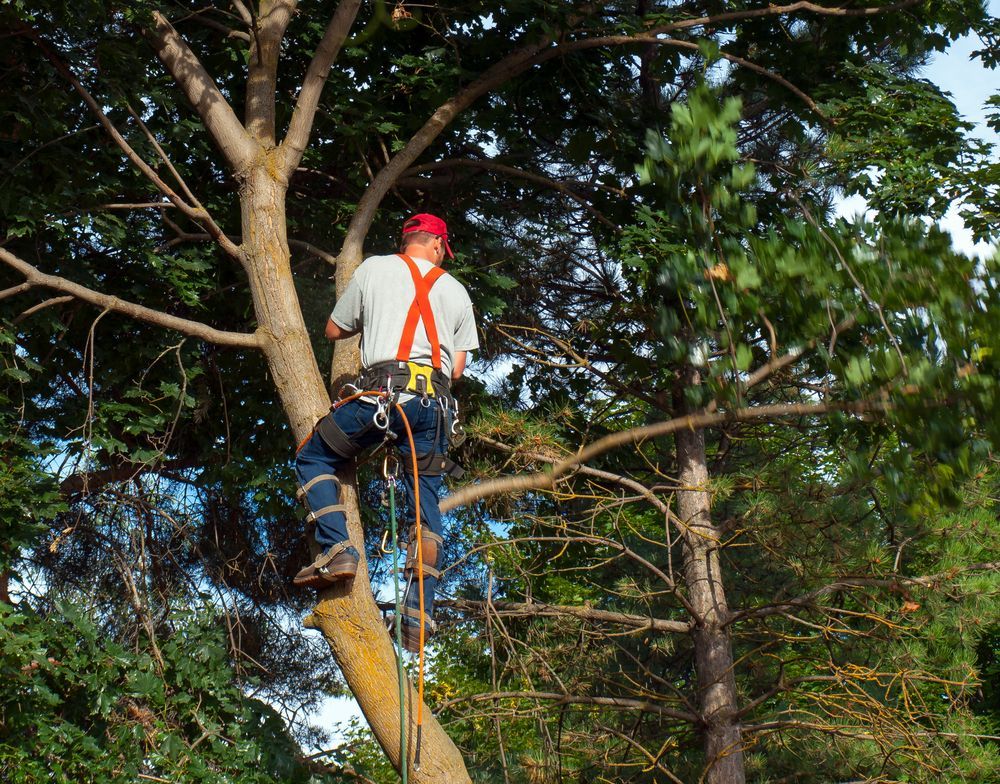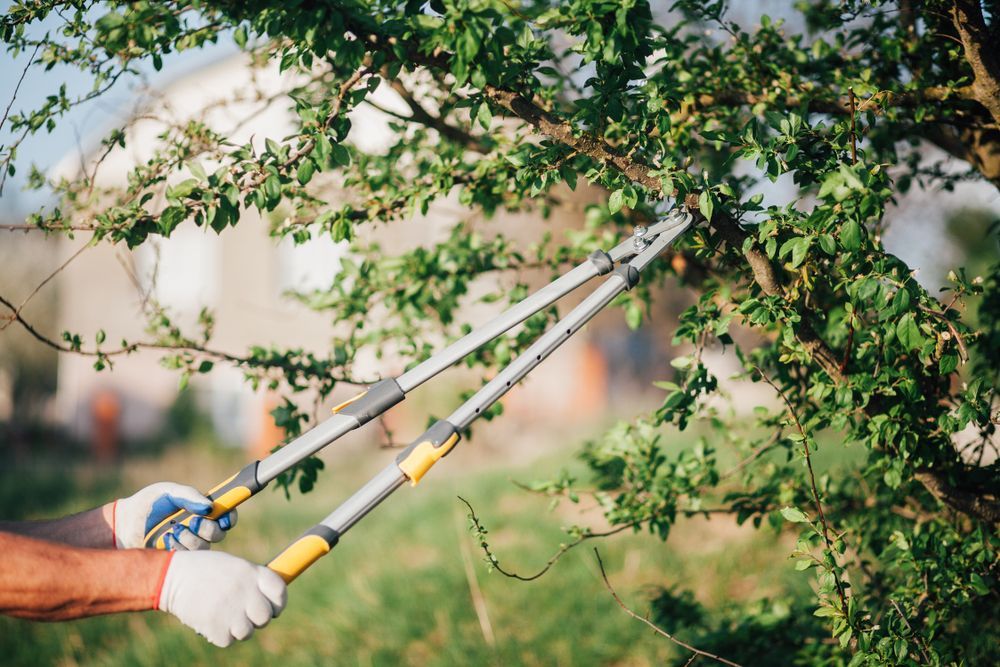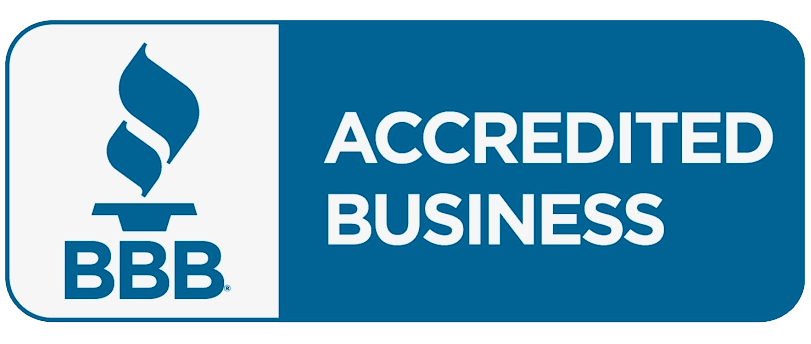Stump Grinding vs. Stump Removal: Which Option Is Best for Your Yard?
After a tree is cut down, the remaining stump can quickly become an eyesore or even a hazard in your yard. It takes up space, interferes with mowing, and can attract pests — but deciding what to do with it isn’t always straightforward.
Homeowners often face the question:
should you
grind the stump or remove it completely? Both methods serve different purposes, and the right choice depends on your goals for your landscape, your budget, and how you plan to use the space.

This guide breaks down the differences between stump grinding and stump removal, explains how each process works, and helps you decide which one is best for your property in Huntersville, NC.
Understanding Stump Grinding and Stump Removal
Before choosing between the two, it’s important to understand what each service actually involves and what results to expect.
What Is Stump Grinding?
Stump grinding is a process where professionals use a specialized machine called a stump grinder to shave the stump down below ground level. The grinder’s rotating blade chips the wood into small pieces, leaving behind a pile of mulch-like debris that can be reused in your landscape.
- Depth: Typically 4–6 inches below the soil surface (deeper if requested).
- Result: The stump is no longer visible, and the area can be covered with grass or soil.
- Roots: Left to decay naturally underground over time.
Best for: Homeowners who want a quick, cost-effective way to improve curb appeal or prepare for replanting grass or shrubs.
What Is Stump Removal?
Stump removal is a more intensive process. It involves extracting both the stump and the root system from the ground, often with heavy-duty equipment like an excavator or backhoe.
- Depth: Complete removal of stump and root ball.
- Result: A deep hole remains that must be filled with soil.
- Roots: Fully removed, leaving no underground remnants.
Best for: Property owners planning new construction, replanting a large tree, or needing to completely clear the area for landscaping or foundation work.
Key Differences Between Stump Grinding and Stump Removal
Each method has its benefits and drawbacks. Understanding these distinctions helps you decide which option fits your situation best.
Stump Grinding
Pros:
- Faster and less disruptive than full removal.
- More affordable in most cases.
- Minimal impact on surrounding landscaping.
- Environmentally friendly — produces natural mulch.
Cons:
- Roots remain and can take years to decay.
- Regrowth may occur if roots are still alive.
- Not suitable for areas where deep digging or replanting is planned.
Stump Removal
Pros:
- Completely eliminates stump and roots.
- Prevents future regrowth or pest issues.
- Ideal for construction or regrading projects.
Cons:
- More labor-intensive and expensive.
- Leaves a large hole that requires backfilling.
- Can temporarily disturb surrounding soil and landscaping.
In short, stump grinding is the quicker, cleaner option for most homeowners, while stump removal is the best choice for total land clearing or new building plans.
How to Decide Which Option Is Best for Your Yard
Choosing between stump grinding and removal depends on several practical and aesthetic factors. Here’s how to make the right decision for your property:
1. Consider Your Future Landscaping Plans
- If you plan to replant a tree in the same spot,
stump removal is the better option.
- If you’re simply laying grass or installing a small garden,
stump grinding is usually sufficient.
2. Evaluate Accessibility and Location
- Tight spaces or areas near fences, patios, or driveways often favor
stump grinding, as heavy equipment may not fit.
- Open spaces with room for machinery make
stump removal feasible.
3. Think About Time and Budget
- Grinding takes a few hours and is more affordable.
- Removal takes longer and costs more due to the depth and labor involved.
4. Assess Root and Pest Risks
- If you’ve had pest infestations like termites or carpenter ants, complete
stump removal may be safer.
- Otherwise,
grinding is typically enough to prevent regrowth or pest attraction.
5. Look at Aesthetic and Environmental Impact
- Grinding leaves behind mulch you can reuse.
- Removal gives you a blank slate for major redesigns but requires additional soil and reseeding.
By weighing these factors, you can choose the service that best fits your goals and budget.
FAQs About Stump Grinding and Removal
How long does it take for roots to decay after stump grinding?
Roots can take several years to decompose completely, depending on tree species, size, and soil conditions.
Can new trees grow where an old stump was ground?
Yes, but you may need to add fresh soil and remove remaining roots before replanting to promote healthy growth.
Will stump grinding attract pests?
No, as long as the area is properly cleaned and the mulch is spread or removed. Grinding actually helps prevent pests by removing the wood they feed on.
Is stump removal necessary after every tree removal?
Not always. If the stump is out of the way and poses no hazard, grinding is typically all that’s needed.
Which option is more affordable?
Stump grinding is generally less expensive than full removal because it requires less time, equipment, and labor.
Conclusion
Both stump grinding and stump removal serve valuable purposes — the right choice simply depends on your yard’s needs.
If you want a quick, clean solution that restores your lawn’s appearance, stump grinding is the best fit. If you’re planning construction, major landscaping, or want every root gone for good, stump removal is worth the investment.
Either way, working with a professional tree service ensures the job is done safely, efficiently, and without damage to your property.
For homeowners in Huntersville and the surrounding areas, scheduling a consultation with a local tree expert will help determine which option best suits your goals and budget.
